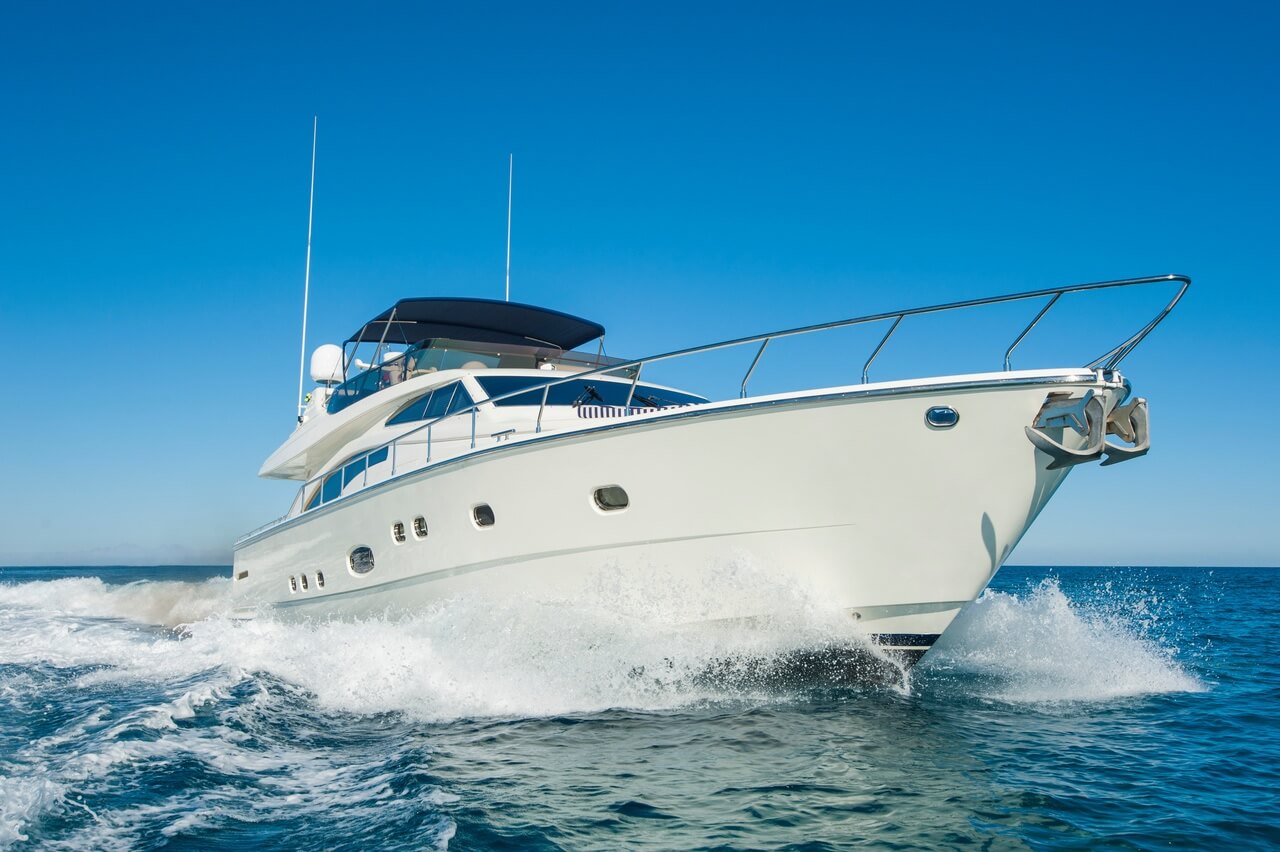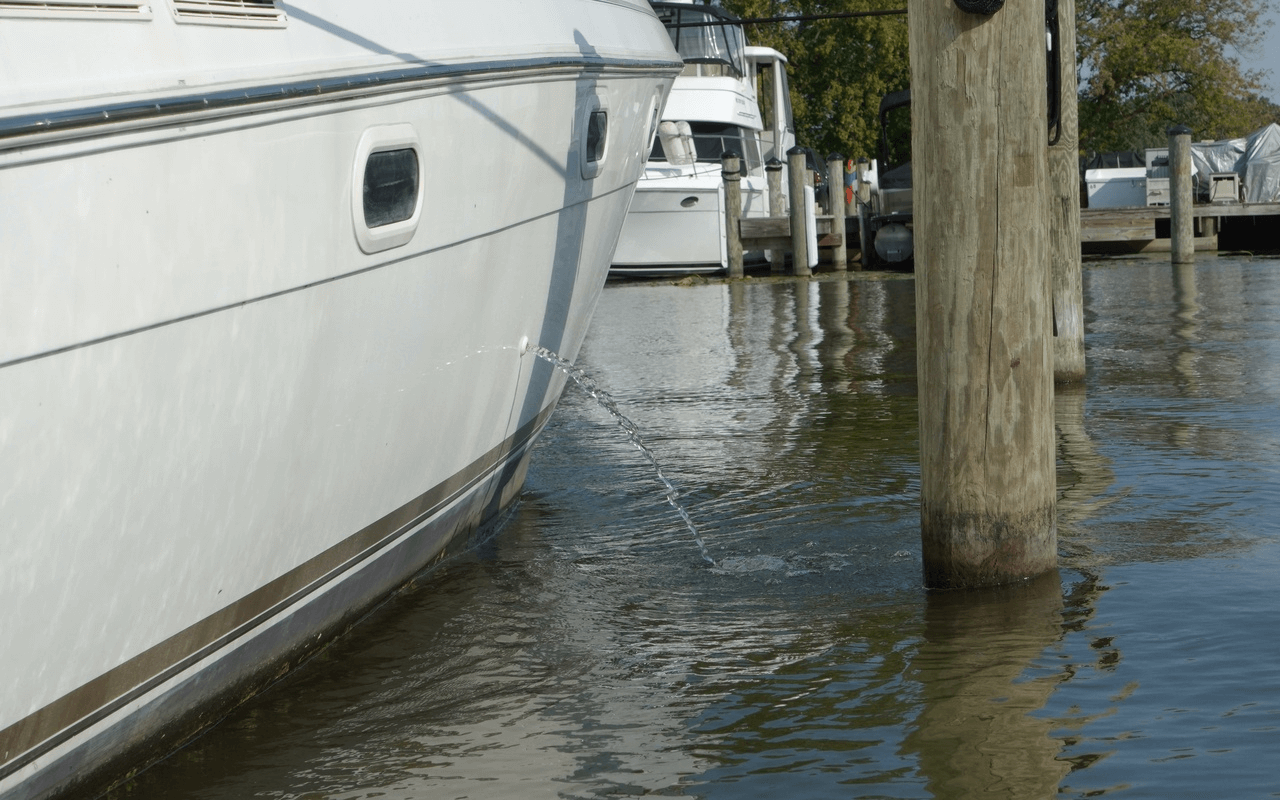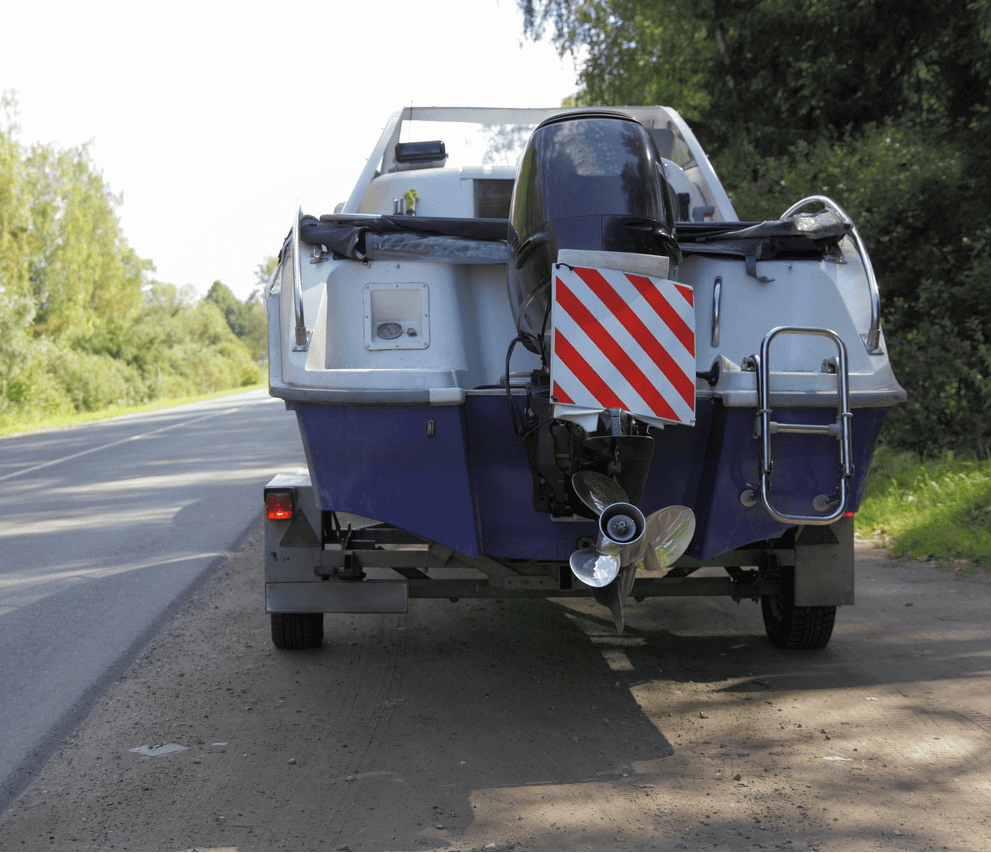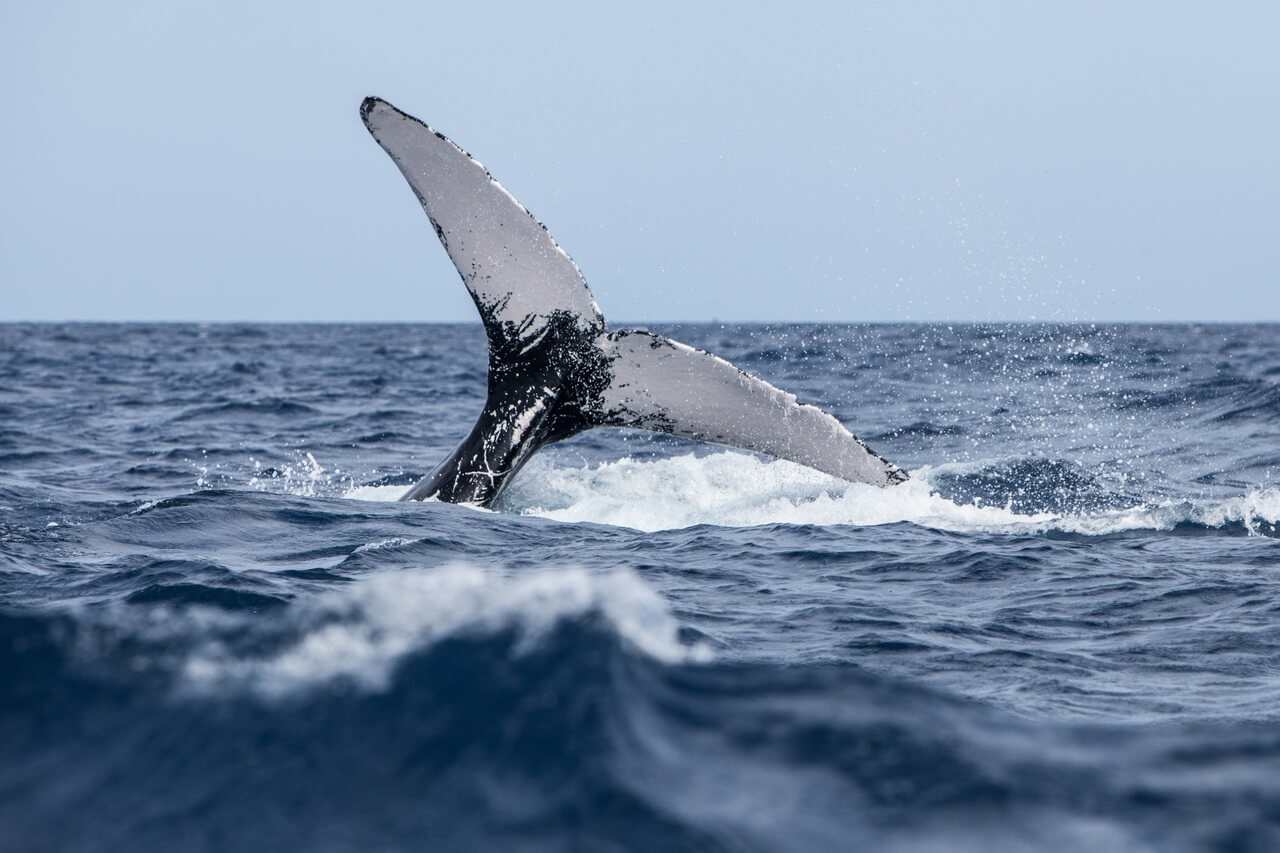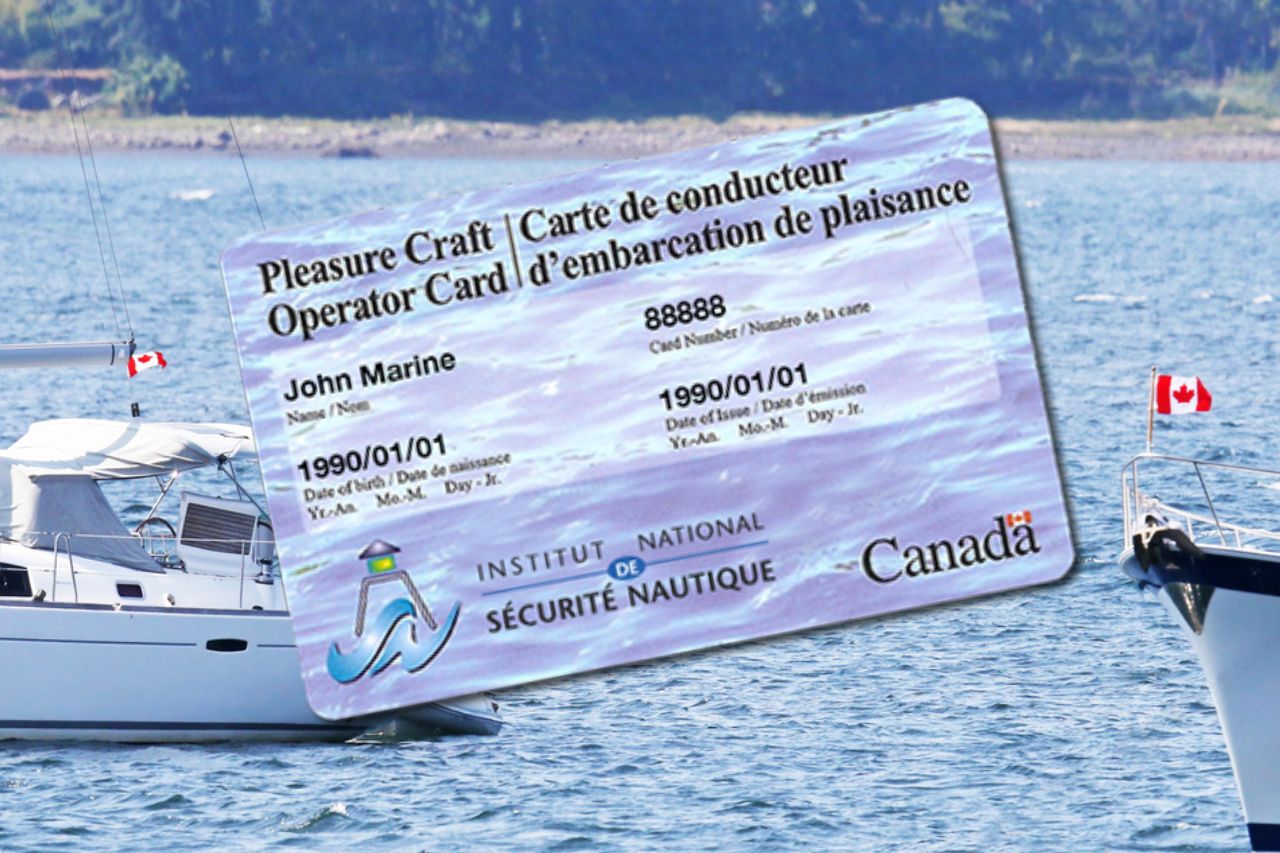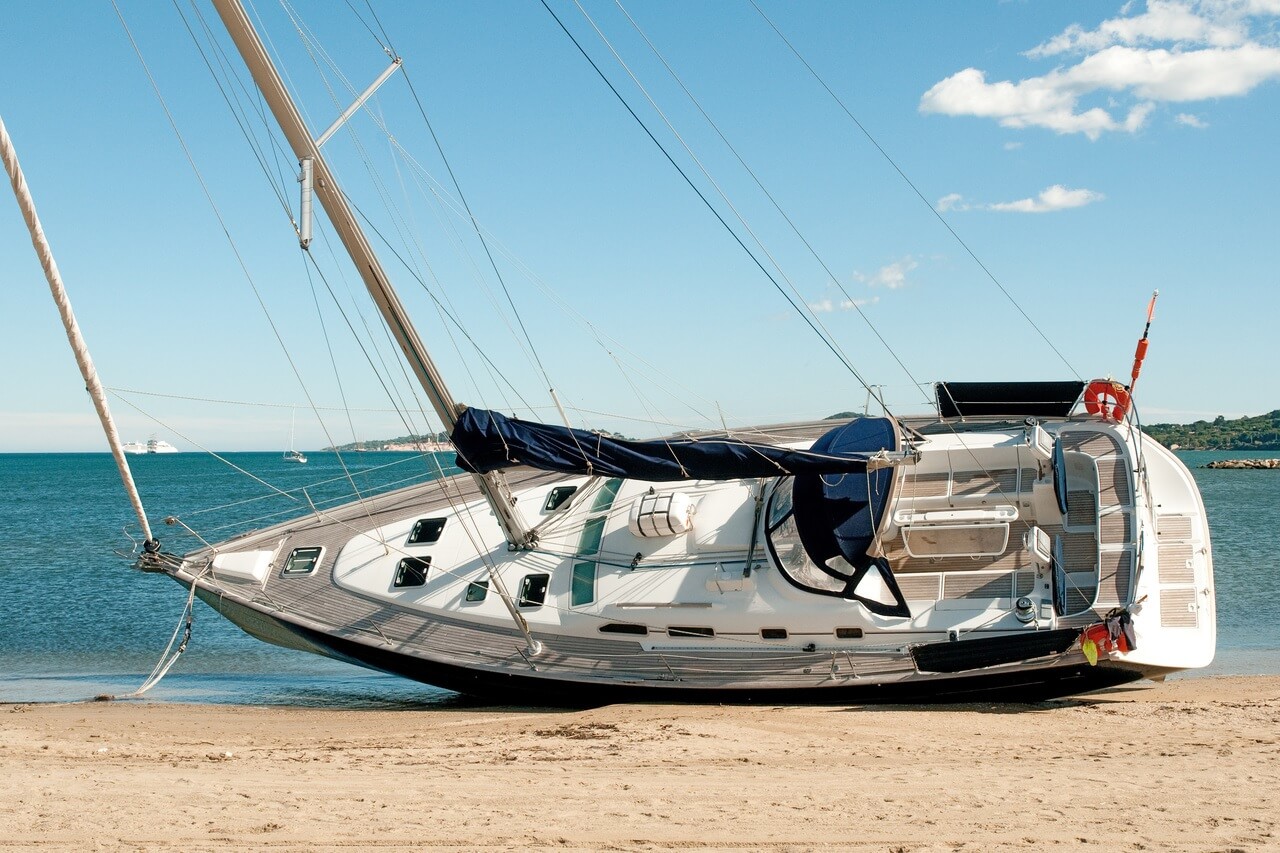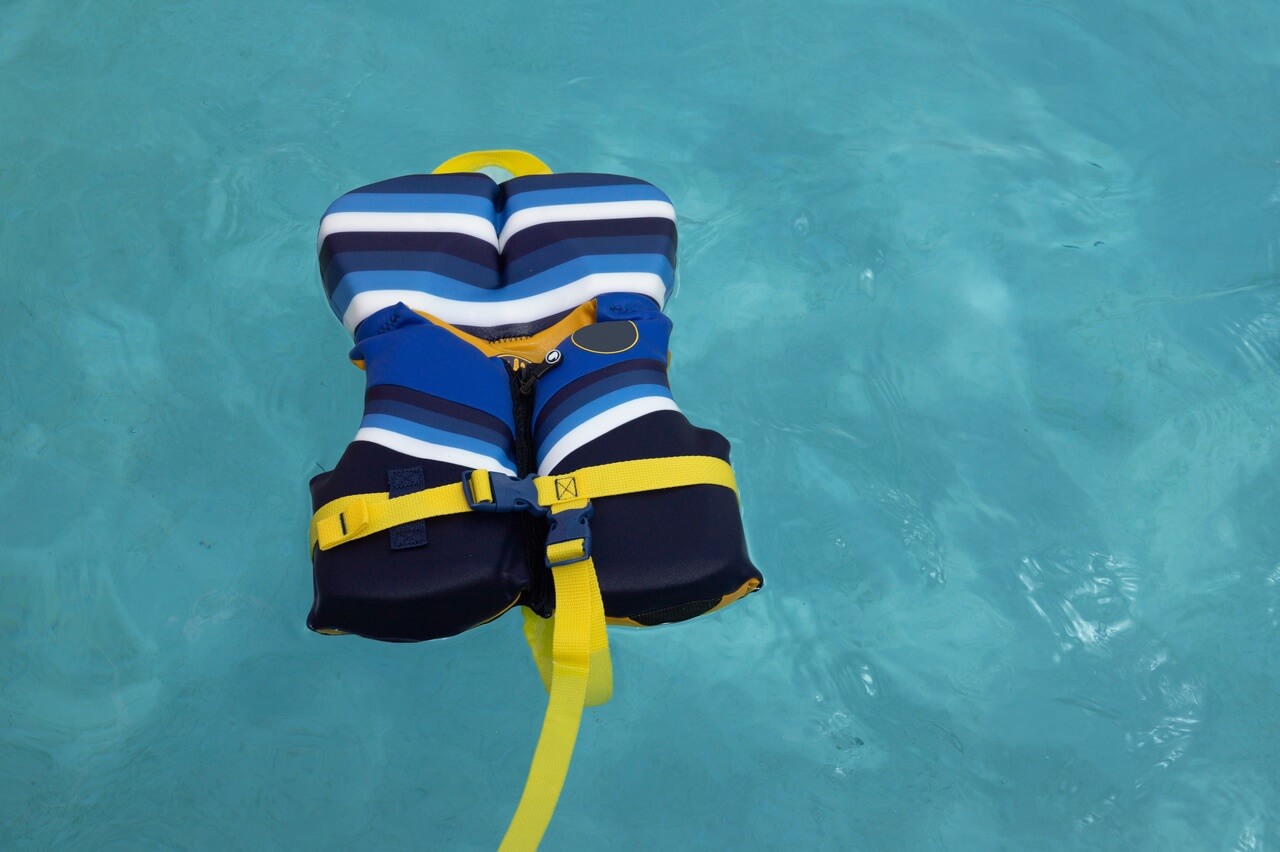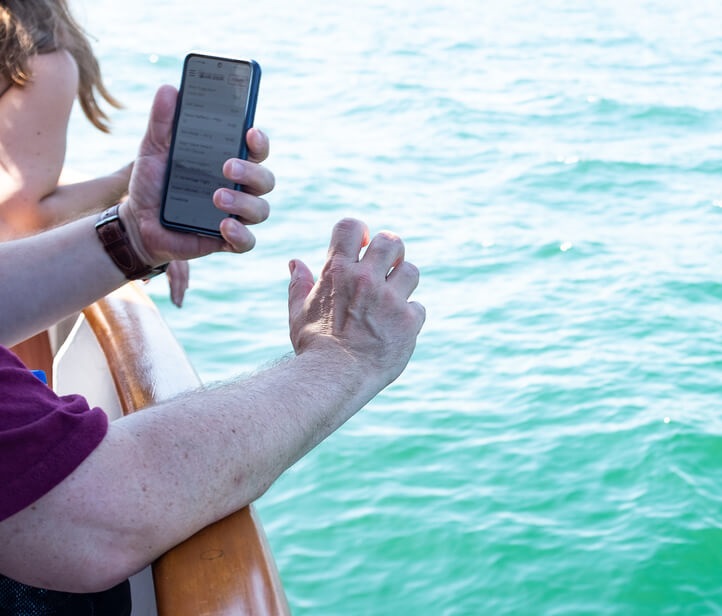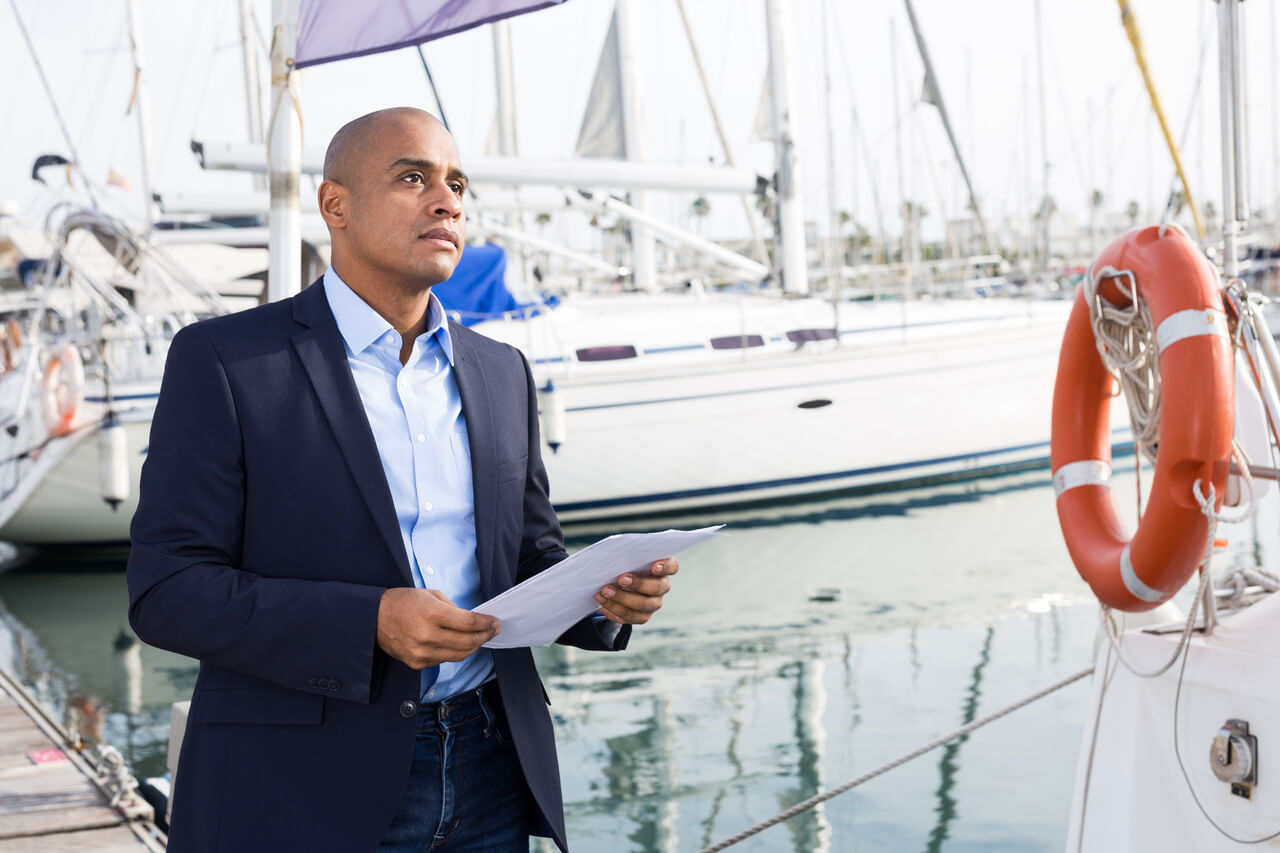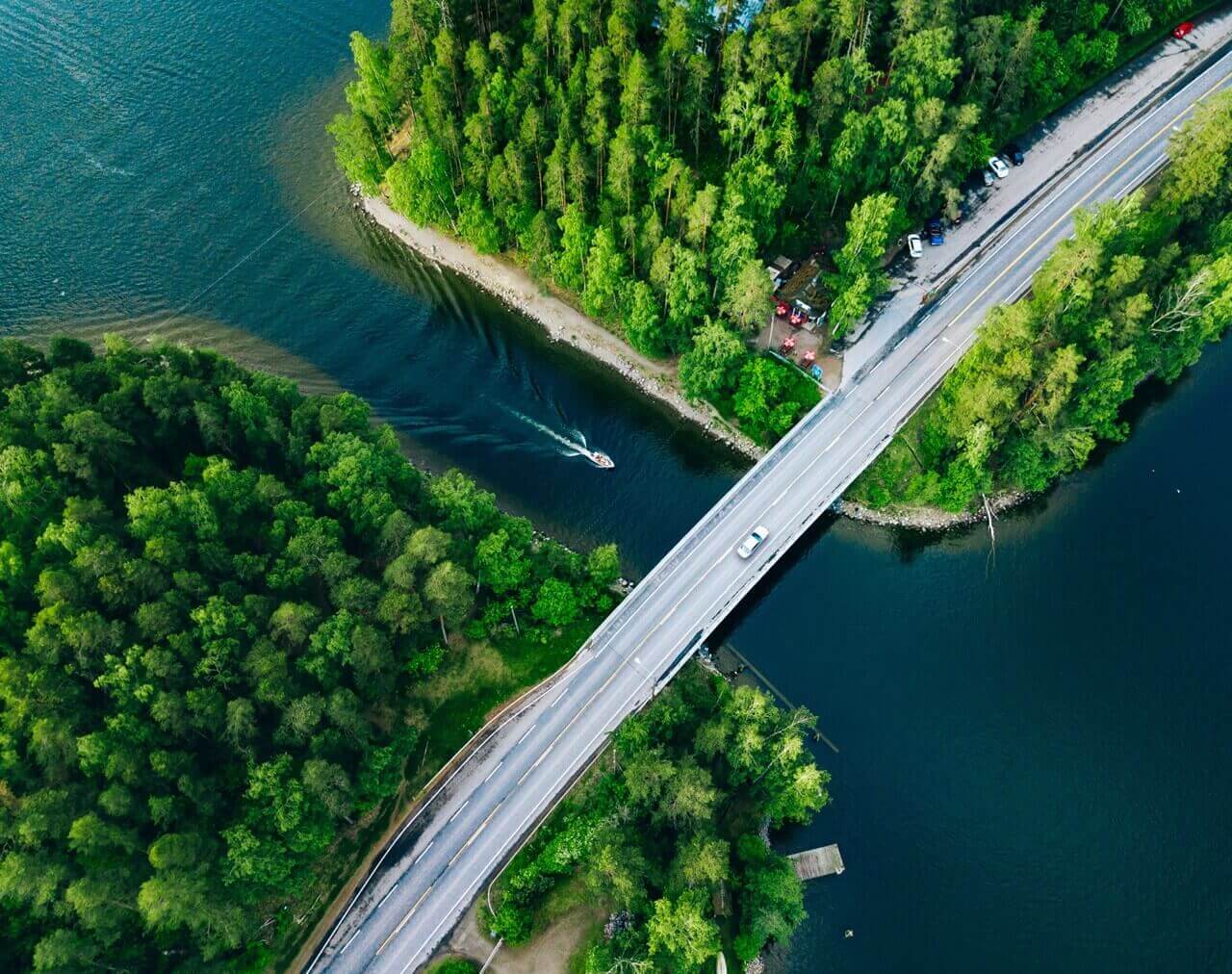Boating Safety Blog
Understanding Hull Identification Numbers in Canada
April 29, 2024
As of August 1, 1981, all pleasure craft built in or imported into Canada are required to have a unique 12-digit Hull Identification Number. This ID number, also known as a serial number, must be permanently affixed to the vessel according to set rules. All boats in Canada must have a unique Hull Serial Number, including Read more ›
Requirements of a Manual Water Pump: What You Need to Know
April 5, 2024
A manual water pump is an important piece of boating safety equipment. In fact, Canada’s Small Vessel Regulations stipulate that it is legally required that you carry a specific size of manual water pump on most types of boats. What is a manual water pump? A manual water pump, also known as a manual bilge Read more ›
What is a Transom on a Boat?
The transom is the thick, flat area at the stern of modern boats. Its size and shape will vary according to the type of boat. Transoms can be square, round, large, small, etc. What is the transom for? The transom serves several purposes: Boat Structure: It supports the structure of your boat and strengthens the Read more ›
How to Avoid Boat Pollution: Clean Boating in Canada
Canada has strict rules regarding pollution linked with recreational boating. The Oceans Act protects marine environments, including inland waters (a surface area of approximately 2.5 million square kilometres). Other sets of laws protect areas of freshwater, such as the Species At Risk Act. Find out what you can and cannot do with your waste, and Read more ›
What is Proof of Competency for Boaters?
March 6, 2024
According to the Competency of Operators of Pleasure Craft Regulations (SOR/99-53), all boaters who are operating a motorized pleasure craft for recreational purposes on Canadian waters require proof of competency. This applies even if the boat’s motor is turned off. Exceptions apply in the Northwest Territories and Nunavut, and in the case of seaplanes. Indigenous Peoples Read more ›
How to Report a Boating Accident
In Canada, many of the laws governing safe driving of motorized boats are similar to those governing safe driving of other motor vehicles. For example, to operate a pleasure craft legally in Canada, you need: An official Canadian boating license, the Pleasure Craft Operator Card (PCOC) To be sober To have appropriate safety equipment on Read more ›
Life Jackets and Buoyancy Regulations
In Canada, you are required by law to have an appropriate PFD for each person on board a boat, even if they do not always wear it. It’s every boater’s responsibility to follow life jacket rules and choose the right size and type for each passenger. To figure out which life jacket to wear or Read more ›
What Should Be Included on a Float Plan?
February 1, 2024
Also called a trip plan or sail plan, float plans are an important element of boating safety. You should share your float plan with someone you trust before you go out on the water, every single time. Keep reading to find out what information to include on a float plan, or download our float plan Read more ›
What Is the Purpose of a Pleasure Craft Courtesy Check?
The Pleasure Craft Courtesy Check program was put in place to educate boaters about preventive boating safety measures, so you can be sure you have the right safety equipment and your vessel is safe. When you get a free Pleasure Craft Courtesy Check (PCCC), you will find out whether you are up to date on Read more ›
Upstream vs. Downstream: Boating Info
January 8, 2024
It’s important to know the difference between upstream and downstream so you can correctly interpret buoys and avoid collisions. Upstream vs downstream What’s the difference between upstream and downstream, and how can you tell once you’re out on a river? The most reliable method is consulting a marine chart for current information. Always take up-to-date Read more ›


